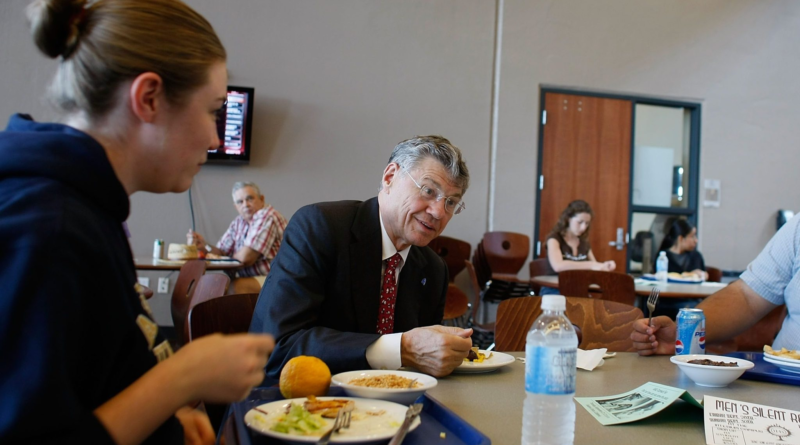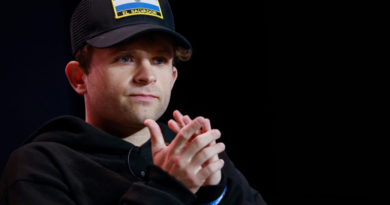Why legendary Domino’s founder Tom Monaghan formed a board entirely consisting of children aged 8-12
Junior boards are a rarity. I’m not referring to the junior boards consisting of 35-to-45-year-olds being groomed for future leadership roles. I’m talking about boards that offer seats to literal schoolchildren. One of the first companies that made this innovative move was Domino’s Inc., founded and led by the “Comeback Kid of Ypsilanti,” Tom Monaghan.
I first met Tom in the late ‘70s while serving in one of my volunteer roles as vice president and president-elect of the Ypsilanti, MI Chamber of Commerce. Tom has battled back from more than his share of hardships. He was orphaned as a child, dropped out of college at an early age, and initially failed in the pizza business. His enlistment in the U.S. Marine Corps eventually taught him organization and discipline. Driven by an innate curiosity, he studied the actions of successful leaders in hopes of discovering what they were doing right. He has always sought to innovate.
Since its founding in 1960, Domino’s has been recognized for its entrepreneurial spirit, with many of its innovations resulting in better pizza, newer food offerings, improved customer experiences, and many “firsts” in modernized ordering and delivery. But even many of the company’s ardent followers are unaware of the formation of the Domino’s Pizza Junior Board of Directors in the early 1980s.
Domino’s placed an ad in the now defunct Ann Arbor News, inviting children aged 8 to 12 to apply for a seat on their junior board by submitting a short essay on why they believed they should be selected. Tom conceived the idea of forming a junior board of directors because he genuinely believed children are honest, have lots of ideas, and are willing to share them. Conceiving and forming a board of young children had a humanizing effect on his pizza empire and contributed to making it the world’s largest pizza chain.
Once formed, the Domino’s Pizza Junior Board began holding monthly after-school meetings, convening in Domino’s offices and kitchens. The children were shown how the various departments worked together to make the company thrive. They were called upon to taste-test prospective cheeses, toppings, and doughs and to weigh in on new product and service ideas such as a delivered breakfast pizza with a wake-up call. They discussed how stores could use their facilities more efficiently.
These elementary schoolchildren were exposed to serious management and leadership issues—some of which, of course, went over their heads. Often, however, the children surprised their mentors with the amount of knowledge they grasped and the ideas they were able to contribute.
In my own family, my wife and I have often been amazed by the number of things our children have learned from being exposed to what is often seen as grownup activities, events, and institutions. We see how they now pass on ideas and information to their own children that we didn’t even realize they had absorbed. It is a mistake to underestimate children and their ability to synthesize experiences and concepts. They learn from whatever is put in front of them and from whatever they are asked to do.
Wouldn’t it be wonderful if more Fortune 500 companies invested in our youth by following Domino’s lead and establishing junior boards of directors in their firms? Can you think of a better way to expose schoolchildren to early hands-on learning in areas such as product development, marketing, best practices, and the challenges of leadership? Let’s call on more organizations to embrace this forward-looking idea. The leaders of tomorrow will thank them for it. And so will the rest of us.
More must-read commentary published by Fortune:
The opinions expressed in Fortune.com commentary pieces are solely the views of their authors and do not necessarily reflect the opinions and beliefs of Fortune.




